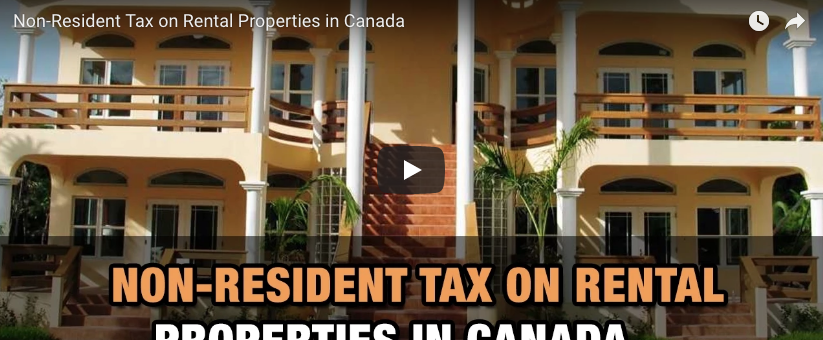Non-Resident Tax on Rental Properties in Canada Watch Video
Allan Madan, CPA, CA

Are you a non resident who owns real estate in Canada? If the answer is yes, then you must read this article. Read More…
Disclaimer
The information provided on this page is intended to provide general information. The information does not take into account your personal situation and is not intended to be used without consultation from accounting and financial professionals. Allan Madan and Madan Chartered Accountant will not be held liable for any problems that arise from the usage of the information provided on this page.




Great info! I wish I came across your website few weeks before. For the past year I lived in Austria, (had a 1/2 year separation, too) and the 2011 tax returns were a night mare for us! None of the accountants I emailed, got back to me . I read, re-read all the info I found, trying to do it myself. Could ´t. Tried again numerous times to find an accountant, and got one eventually, just 2 days before the April/31st. He claimed he sent the returns to CRA. In August, 2012 found out no returns were received by CRA. Started all over again….looking for accountants. same story. Eventually got one, (who had no experience at all with international tax)…I am just about to send the returns now, anyhow, we have to pay a lot in taxes + interest for the late payment….Could a tax payer relief be of any help now to waive/reduce the interest? Anyhow, I do hope you could do the taxes for us from now on. It has been so frustrating this year. Thanks a lot for all the good info!
Yes, you can prepare and submit the Taxpayer Relief Form to reduce/eliminate any interest and/or penalties. This is best done by a professional. You can contact me at amadan@madanca.com or Gurrai at gurrai@madanca.com